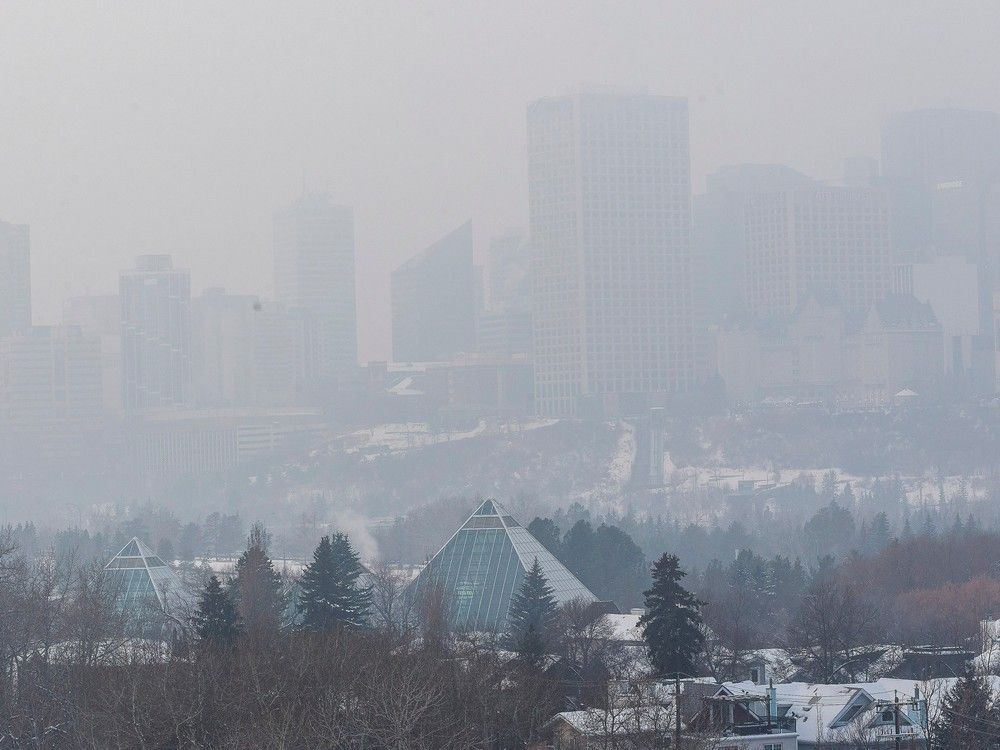
Introduction
As urban environments continue to evolve, air quality has become a critical topic of concern for residents in cities like Edmonton. Understanding air quality is essential not only for the health and well-being of the population but also for environmental sustainability. Recent data indicates fluctuating air quality levels in Edmonton, driven by both natural and anthropogenic factors, making it important for citizens to remain informed.
Current Air Quality Status
As of October 2023, Edmonton’s air quality has been under the spotlight due to a blend of smoke from wildfires, industrial emissions, and vehicular pollution. The Air Quality Health Index (AQHI) has reported several instances of poor air quality, particularly noticeable during the summer months when wildfires in Alberta and surrounding regions peak. The index has fluctuated, often reaching levels considered “high risk,” especially during severe smoke events.
The Alberta government and Environment Canada track air quality metrics closely, providing real-time updates on the AQHI. On several occasions in September, the air quality dipped significantly, prompting the city to issue health warnings, particularly for vulnerable populations such as children, the elderly, and individuals with pre-existing respiratory conditions.
Recent Events Impacting Air Quality
This fall, Edmonton faced multiple challenges with air quality as strong winds transported smoke into the city from nearby wildfires. On some days, reports indicated that the AQHI reached levels that compelled local schools to adjust outdoor activities. The city’s public health officials recommended residents limit outdoor exercise and stay indoors when air quality worsened.
The Edmonton and area Environmental Management Plan aims to mitigate air pollution through various strategies, including stricter emissions regulations, promoting public transport, and increasing green spaces. These initiatives are coupled with ongoing community efforts to raise awareness about the importance of air quality and its health implications.
Conclusion
Understanding air quality in Edmonton is essential for maintaining public health. While the city is actively working on improving air quality through legislation and community engagement, the daily realities of pollution and smoke events remain a challenge for its residents. Monitoring and awareness are key as Edmonton continues to face air quality issues fueled by both natural events and human activity. As we approach winter, it is critical that citizens stay informed about air quality advisories to safeguard their health, making it a collective responsibility to advocate for cleaner air.



